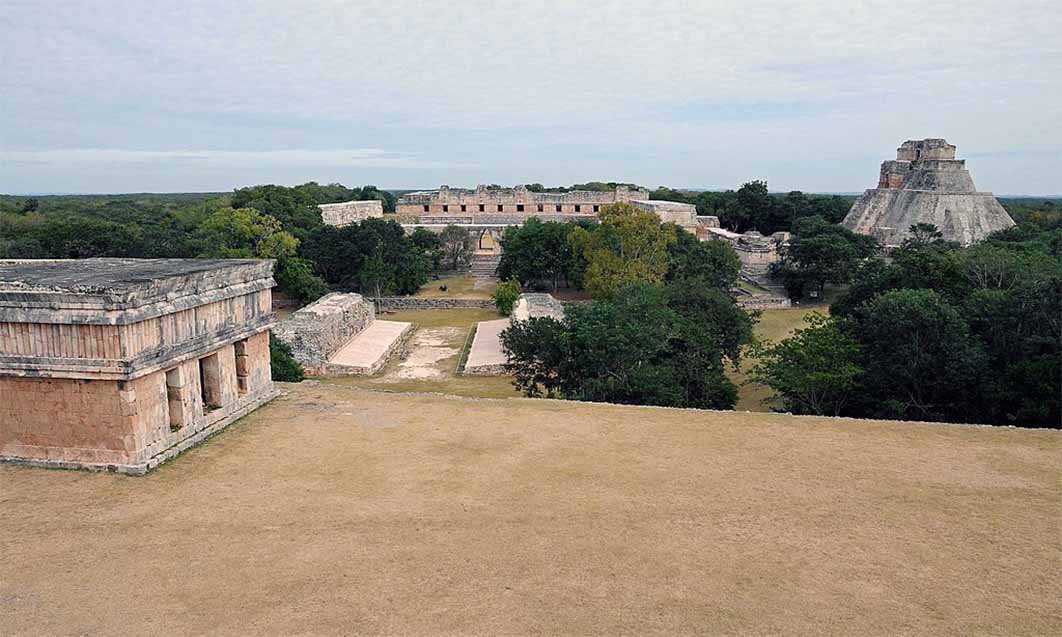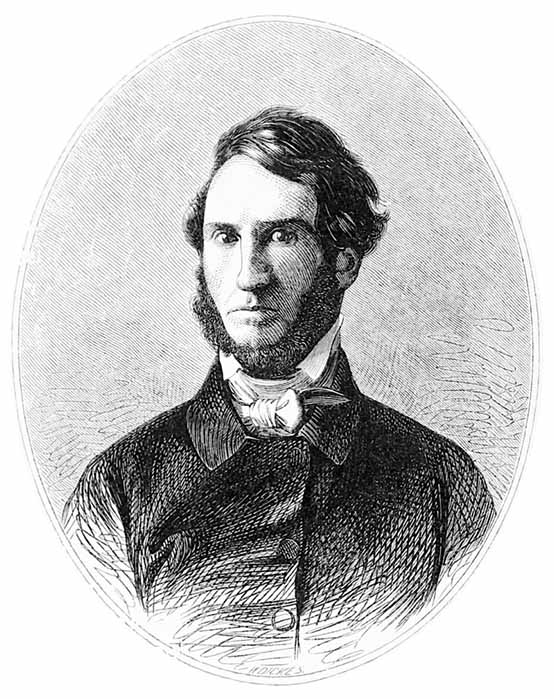
Stephens And Catherwood: Adventurers Discovering the Ancient Maya
The astounding journeys of John Lloyd Stephens and Frederick Catherwood to Central America in 1839 to 1842 introduced the ancient, unrecognized Maya civilization to the rest of the world. Their life-threatening adventures saw them fighting their way through hundreds of miles of thick jungle vegetation, suffering from the sweltering heat, suffocating humidity, and soul-soaking rains. They were obstructed by the civil war of General Santa Anna and blocked by threatening politicians exercising their illusionary power. Despite the enormous struggles, they managed to locate and explore numerous ruined cities that flourished during the Classic Period of Maya history, from the third to the 10th centuries. They were caught in the midst of a violent revolution, their endurance tested by bats, snakes, biting insects, malaria, flesh-eating parasites, and days without food or water. The adventurers were the first English speakers to visit these areas of Central America and the first to record many of the ancient monuments. Along their hazardous journey they met and documented many descendants of the ancient Maya, some who still spoke the same ancient language. Many natives were anxious to assist the explorers in their discoveries, despite their primitive living conditions.

Panoramic View of Uxmal ( Adrian Hernandez / CC BY-SA 4.0)
A detailed description of their treacherous journey, along with their amazing discoveries, appeared in their joint two-volume book, Incidents of Travel in Central America, Chiapas, and Yucatan, published in 1841. Their travel book became an instant best seller with 12 editions printed in only three months which was unheard of at that time. Stephen’s first-person account and lively text revealed the scoop and complexity of the Maya cities; Catherwood’s colorful artworks illustrated the variety of buildings, the precise details of their carvings and the intricacy of hieroglyphic writings. These ruins were indeed created by a totally unknown culture. Stephens and Catherwood uncovered not merely new architectural wonders and buried cities but an entire unknown civilization, buried in the tropical jungles for over 1,000 years.

John Lloyd Stephens from the British edition of Incidents of travel in Central America, Chiapas and Yucatan published in 1854 (Public Domain)
John Lloyd Stephens Meets Frederick Catherwood
John Lloyd Stephens (1805-1852) was American, living in New York, where he became a lawyer, but he much preferred travel and the search for adventure in uncharted territories to practicing law. In 1834 Stephens set off for a grand tour of the usual European sights, but that did not satisfy his wanderlust. Extending his tour, he searched for ancient cities throughout Greece, Turkey, Jordan and Egypt. In Cairo he disguised himself as a native and from that point he was able to travel freely. After hiring a falookha with a captain and crew, he sailed the length of the Nile and walked unquestioned through the ancient Egyptian temples, tombs and monumental pyramids. He managed to gain access into the hidden rose-red city of Petra and walked the Biblical pathways through the Holy City of Jerusalem. So enthralled with his experience of these exotic cities, Stephens wrote his first highly praised travel book describing his far-off ventures, Incidents of Travel in Egypt, Arabia Petraea and the Holy Land. The lawyer-turned-archaeologist proved to be a skillful writer. Reviewers of his popular book praised his escapades and asked to hear more of his ventures. Profits from his book revenue provided sufficient funds for future expeditions into enticing, unexplored terrain.

The figure depicted in this lithograph is presumed to be a representation of Frederick Catherwood (Public Domain)
Six years older than Stephens, Frederick Catherwood (1799-1854) was born in England and was an accomplished artist, architect, businessman and explorer. Between 1824 and 1832 Catherwood too had made many trips to historic cities around the Mediterranean and had sailed the Nile to explore the ancient temples and decorated tombs of Egypt. Throughout his travels he used his illustrative talent to produce watercolor drawings of the ruined temples, monuments and pharaonic statues with great accuracy, including the Egyptian pyramids, the Dome of the Rock, the Holy City of Jerusalem and numerous architectural ruins in the Middle East. His meticulously detailed drawings of the archaeological sites brought these ancient civilizations to life for armchair travelers.





